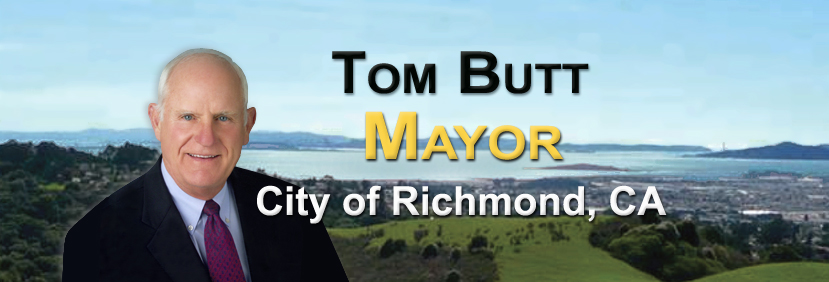By spring of 1962, I was ready to kiss high school goodbye and head west for adventure.
Several of us were itchy to leave and planned to skip graduation ceremonies. I’ll never forget being called into the principal’s office where he made an impassioned plea, “Boys, there are only three important times in your life: when you are born, when you graduate from high school and when you die.”
We were unconvinced and proceeded to pack up, leaving immediately after the last final. I caught a ride with my good friend George Coppage, who had a 1957 Chevy convertible and was heading for a job with the National Park Service in Jackson Hole. He would be in charge of the “fire department” at Colter Bay, consisting a pickup truck with a water tank and a hose reel.
We left in the late afternoon, driving across Oklahoma and Kansas at night because there is not much to see. With sunup came the front range of the Rocky Mountains, proof that we were in the west. Another day and night of driving, and we pulled into Grand Teton National Park.
I stayed a couple of days with George and then headed north hitchhiking to my summer job in northern Montana.
A couple of days later, I pulled into Ant Flat Ranger Station, in the Kootenai National forest sub-district ranger station consisting of a bunkhouse with kitchen and dining hall and, across the road, a ranger station and residence.
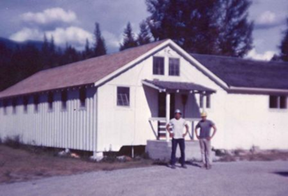
Figure 1 - Tom Butt and Larry Froberg at the Ant Flat bunkhouse summer of 1962
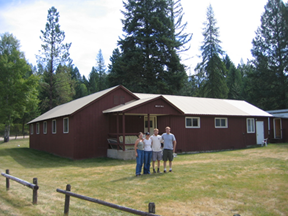
Figure 2 - Tom Butt family. Left to right, Shirley, daughter-in-law Kim, Andrew and Daniel, at Ant Flat bunkhouse, August 2005. Building has been converted to individual rooms arranged along a corridor. The major change I noted was that the building was surrounded by lawn with a narrow gravel driveway leading to the main road. Note in the photo are another building and two house trailers. I remember the bunkhouse being much closer to the road with a gravel parking are in front and the rear backing right up to the woods.
Our regular work consisted of cleaning up after logging operations (cutting slash), thinning trees and some campground improvements. It was extremely boring, but it was pretty country, and I learned a lot about the lore of logging (like, what is a “gyppo logger?” – a term I have never heard before or since, conifers of the Rocky Mountains, little furry animals, and forest fires). The older guys got to use chain saws, but we only had axes. Because of several accidents, the government started making us wear baseball catcher’s knee and shin protectors, which were so unwieldy, they caused even more accidents. We did, however, become expert axe men.
There were two full-time cooks, and the food was voluminous and abundant.
I remember one of the guys had a huge young pet hawk of some kind, maybe even a Golden Eagle. Every evening after work, he went out in the woods behind the bunkhouse and shot some small animals with a .22, which he subsequently fed to the bird.
We spent a week at “fire school” and were prepared to act, when required, as a fire crew. Our “firepacks” were primitive by today’s standards, consisting of a cheap wood pack frame, a map, a compass, a Pulaski and some rations wrapped in a canvas shelter half that was to serve as a combination sleeping bag, shelter or emergency flame blanket that fortunately we never needed. The radio weighed about ten pounds and didn’t work very well. We did a fair amount of firefighting, mostly on fires started by the Great Northern Railroad, but sometimes up in the mountains, by lightning.
We went up to Eureka, MT, on the Canadian border, maybe once a week for dinner and beer. I also hauled hay for a few extra dollars at a nearby ranch -- $0.05 a bale, as I recall. Sometimes we went fishing and swimming in nearby lakes.
Almost every weekend I hitchhiked to Kalispell or Glacier National Park looking for some social life, which turned out to be abundant. They called the road from Kalispell to Glacier “the trapline,” and one “ran the trapline” by stopping at every bar along the way. Some had some great country and western music.
It was in Glacier that I met some college students working for the National Park Service in what was then called the “Student Trainee Program” designed to interest and transition students in architecture, landscape architecture and civil engineering into National Park Service careers. The program was run out of the San Francisco based Western Office of Design and Construction (WODC), which later moved and became the Denver Service Center. I subsequently applied for and was accepted as a Student Trainee Architect and spent the next four summers in San Francisco, Yellowstone (twice) and Hawaii.
When the summer was over, I hitchhiked to Seattle to see the 1962 World’s Fair. I visited a cousin in Portland, then headed back east to Arkansas, again hitchhiking. My first ride was a couple of guys my age in a station wagon whose family owned a bakery. The car was crammed with bakery goods that sustained us for thousands of miles. I think they took me all the way to Arkansas.
Our family visited Ant Flat in 2005 as a side trip to Glacier National Park. I found out that the once bustling Ant Flat Ranger Station was closed down the year after I left and is now just an obscure historical site.
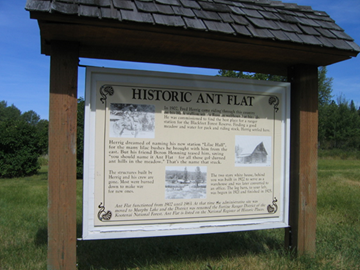
Figure 3 - 2005 - Historic marker at Ant Flat
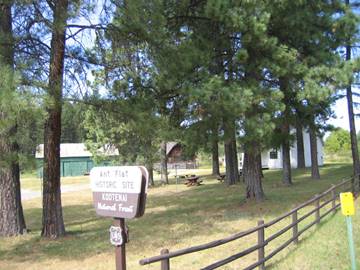

|
